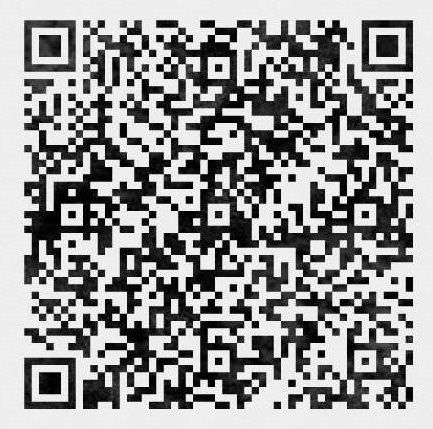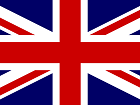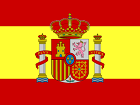In trade transactions, in addition to the price of the product itself, there will also be various costs related to the transaction, such as "freight fee", "insurance fee", "customs clearance fee", "duty fee", and there will also be many transportation costs. risk. Therefore, it is clearly defined in a trade transaction who will bear the risk and to what extent of the cost of transporting the goods.
The two parties to the trade negotiate the relevant contract terms according to their own conditions and the benefits obtained in the trade process. The trade terms are different, and the risks, costs and responsibilities borne by both parties in the trade are also different. Then it is particularly important to choose the right trading terms according to the risks that buyers and sellers are willing to take.
Before understanding the basic three common shipping methods, let's talk about the most beneficial EXW in international trade for the seller. This term is the term in which the seller bears the least responsibility. The buyer must bear the full cost of receiving the goods at the seller's location and risk.
EXW=Ex Works is the ex works price
The trade method EXW is EXW. It means that when the seller hands over the goods to the buyer at the factory or warehouse of the exporting country, the delivery is completed, and the seller does not go through export customs clearance procedures or load the goods on any means of transport. It is the most favorable way of trade with the least responsibility to the seller.
International trade is accustomed to taking the port terminal as the place of delivery, so there are three main trade terms: FOB, CIF, CFR. Let's take a look together!
1. FOB=Free onBorad
2. CFR=Cost+Freight cost plus freight, namely CIF price
3. CIF=Cost+Insurance+Freight cost plus insurance plus freight, namely CIF
FOB is the price free on board. When the goods are loaded on the designated ship at the port of shipment, the risk is transferred from the seller to the buyer, and the buyer needs to pay the freight and insurance. CFR is cost plus freight, which means that it is delivered on board at the port of shipment, and the seller needs to pay the shipping cost required to transport the goods to the designated port of destination. The risk of the goods is transferred on-board at the port of shipment. CIF is cost plus insurance plus freight, and the seller needs to pay the usual freight and agreed insurance from the port of shipment to the port of destination. The risk of the goods is equivalent to the CFR.


 English
English Spanish
Spanish Arabic
Arabic